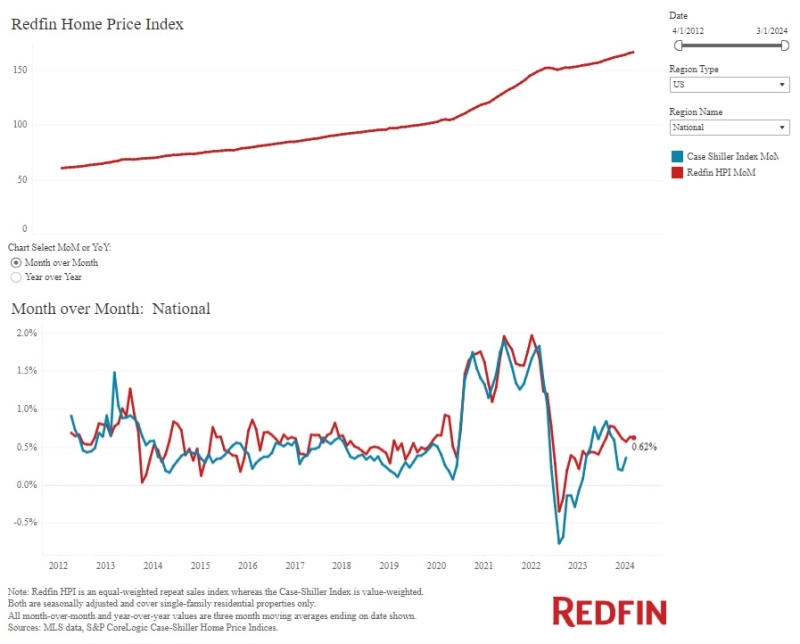Advertisement
Vacancy Rates Drop While Homeownership Continues to Slide

National vacancy rates in the first quarter 2011 were 9.7 percent for rental housing and 2.6 percent for homeowner housing, according to the latest statistics from the U.S. Department of Commerce’s Census Bureau. The rental vacancy rate of 9.7 percent was 0.9 percentage points lower than the rate recorded in the first quarter 2010 (+/-0.5 percentage points) and 0.3 percentage points higher than last quarter (+/-0.4). The homeowner vacancy rate of 2.6 percent was approximately the same as the first quarter 2010 rate (+/-0.2) and 0.1 percentage point lower (+/-0.2) than the rate last quarter (2.7 percent).
The homeownership rate of 66.4 percent was 0.7 percentage points (+/-0.4 percent) lower than the first quarter 2010 rate (67.1 percent) and 0.1 percentage point (+/-0.4 percent) lower than the rate last quarter (66.5 percent).
For rental housing by area, the first quarter 2011 vacancy rates inside principal cities (9.8 percent), in the suburbs (9.3 percent), and outside Metropolitan Statistical Areas (MSA’s) (10 percent), were not statistically different from each other. The rental vacancy rate in principal cities was lower than a year ago, while rates in the suburbs and outside MSA’s were not statistically different from the first quarter 2010 rates. The homeowner vacancy rate in principal cities (3.3 percent) was higher than in the suburbs (2.4 percent) and outside MSA’s (2.3 percent). The 2.4 percent and the 2.3 percent were not statistically different from each other. The homeowner vacancy rates in principal cities, in the suburbs, and outside MSA’s were not statistically different from the corresponding first quarter 2010 rates.
Among regions, the rental vacancy rate was highest in the South (12.5 percent). Rates were lower in the Northeast (6.8 percent) and West (7.3 percent), but these rates were not statistically different from each other. The rental vacancy rate in the West was lower than in the first quarter 2010, while the rates in the Northeast, Midwest, and South were statistically unchanged.
For the first quarter 2011, the homeowner vacancy rate is higher in the South than in the Northeast and West, but not statistically different from the rate in the Midwest. The homeowner vacancy rate in the Northeast was higher than in the first quarter 2010, while the rates in the Midwest, South, and West were not significantly different from a year ago.
Approximately 85.6 percent of the housing units in the United States in the first quarter 2011 were occupied and 14.4 percent were vacant. Owner-occupied housing units made up 56.9 percent of total housing units, while renter-occupied units made up 28.8 percent of the inventory in the first quarter 2011. Vacant year-round units comprised 10.9 percent of total housing units, while 3.5 percent were for seasonal use.
Approximately 3.1 percent of the total units were for rent, 1.5 percent were for sale only, and 0.6 percent were rented or sold but not yet occupied. Vacant units that were held off market comprised 5.6 percent of the total housing stock. Of these units, 1.7 percent were for occasional use, one percent were temporarily occupied by persons with usual residence elsewhere (URE), and 2.9 percent were vacant for a variety of other reasons.
The homeownership rate of 66.4 percent was 0.7 percentage points (+/-0.4 percent) lower than the first quarter 2010 rate (67.1 percent) and 0.1 percentage point (+/-0.4 percent) lower than the rate last quarter (66.5 percent).
About the author





